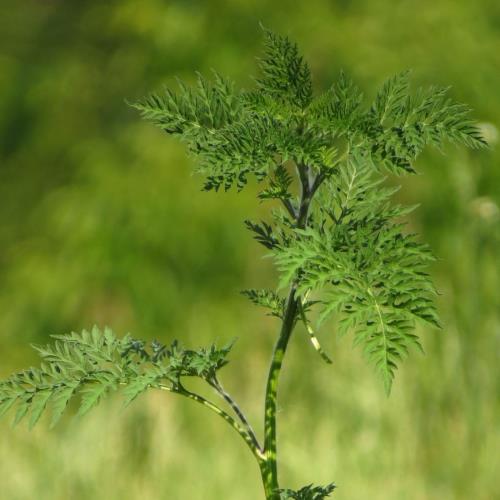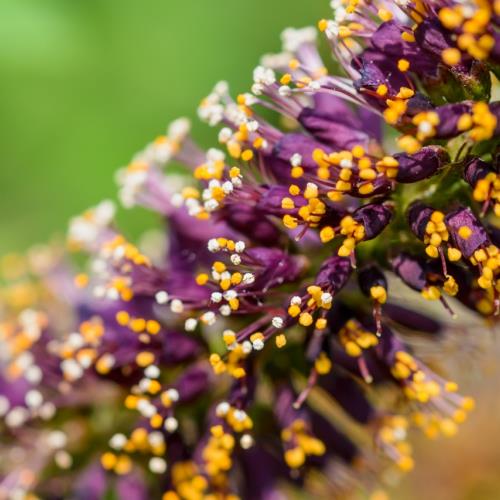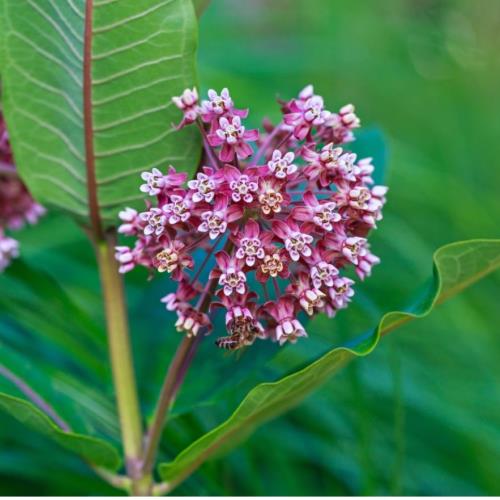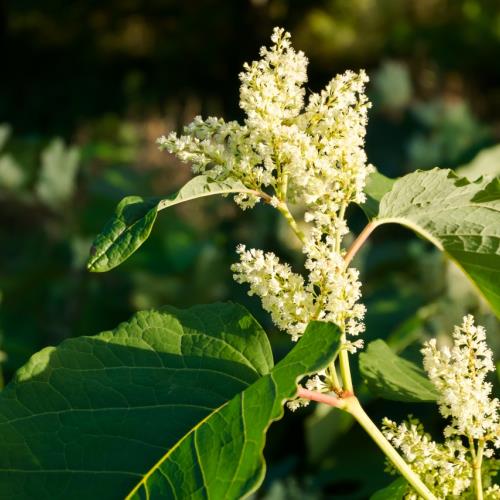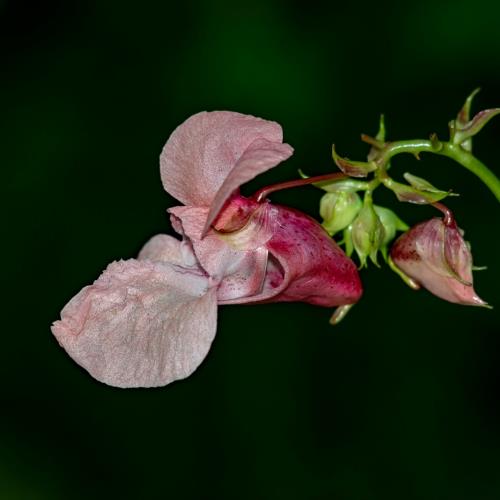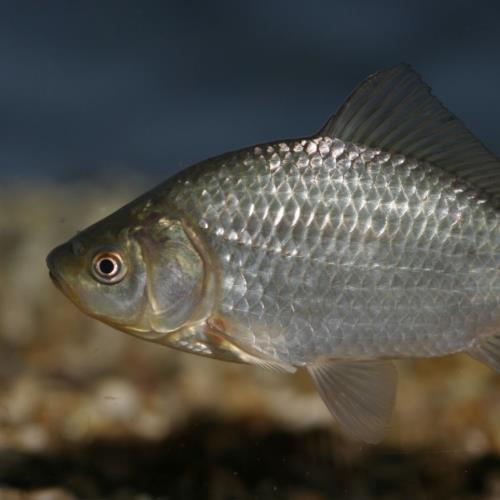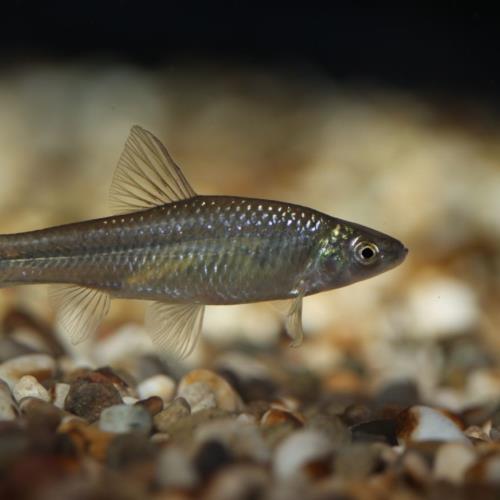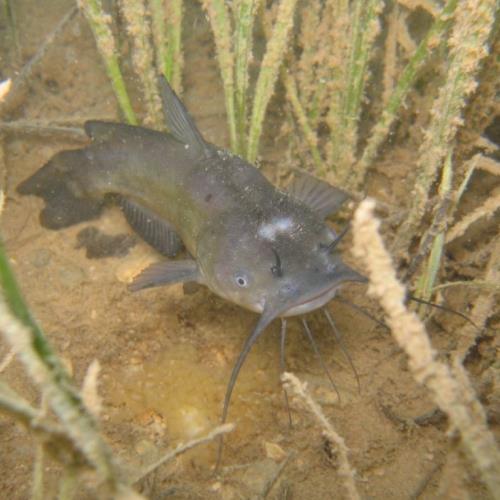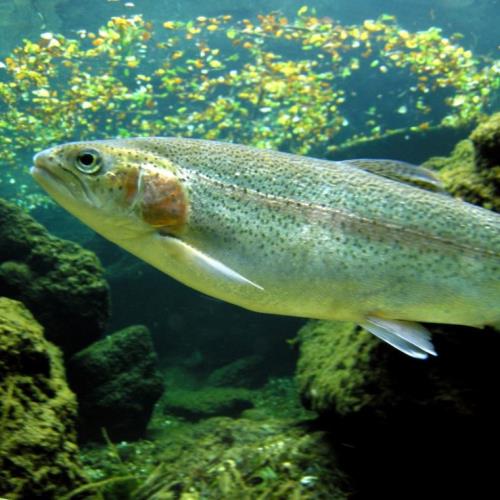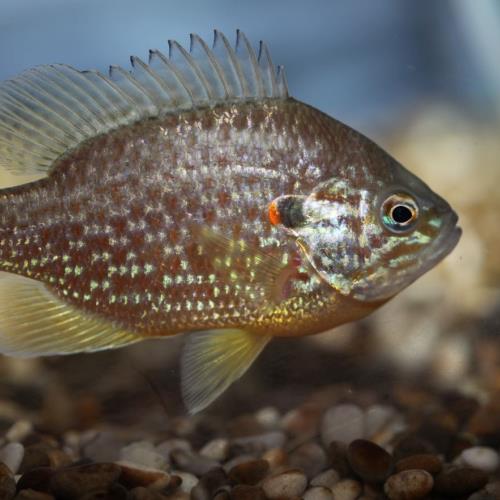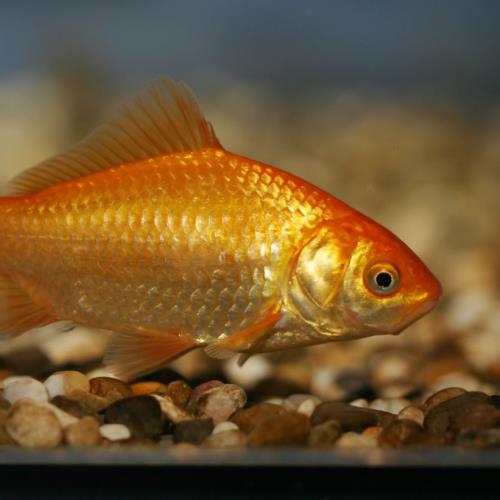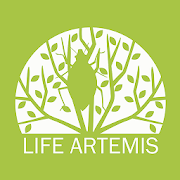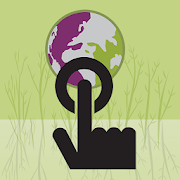Invasive alien species
Invasiveness negatively affects the biodiversity and the benefits humans have from nature. Invasive species have negative impact on human health and/or cause economic damage in the area in which they are introduced. Invasive alien plant species are plants with a pronounced ability to reproduce widely at a great speed. They can be brought into a new area by intentional or unintentional human activity. An example of intentional planting is the planting because of the plant's decorative or economic benefit. An unintentional spreading is, for example, the spread of invasive species with seeds of other species such as ragweed seeds which spread from North America with cereal seeds.
Did you know?
Ragweed pollen is considered one of the strongest allergens, and one plant can drop over a million pollen grains a day.
We hereby invite all interested parties to help us collect data on the spreading of invasive alien plant species through mobile applications Invazivke for Slovenia or Invasive Alien Species Europe for other countries.
Nowadays we can find numerous sources and databases useful for collecting data on the distribution of invasive alien species in the countries of Sava River Basin. The links below provide an overview of the most important ones:
Slovenia
1. Invazivke
Croatia
2. Invazivne vrste u Hrvatskoj (Invasive Species in Croatia)
3. FCD – Flora Croatica Database
International sources
4. EASIN – European Alien Species Information Network
5. DAISIE - Delivering Alien Invasive Species Inventories for Europe
6. ISSG - Invasive species specialist group -
7. GRIIS - Global Register of Introduced and Invasive Species
8. ESENIAS- East and South European Network for Invasive Alien Species
9. NEOBIOTA
